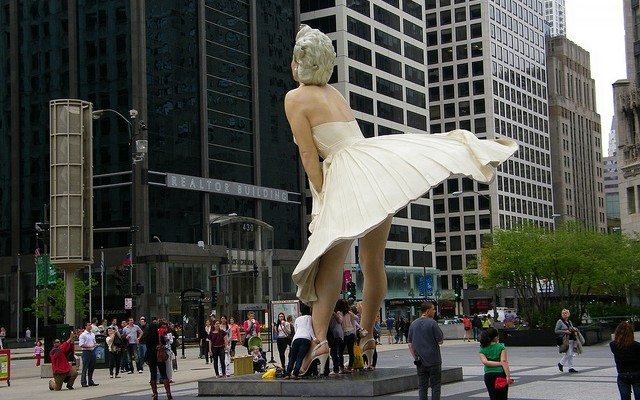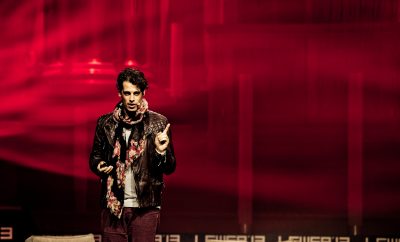
News
Peeping Toms, Cellphones, and Skirts
With the widespread use of cell phones, it has become easier and easier to capture pictures of everyday life. Unfortunately, that also means that it has become easier to take photos of unsuspecting and unwilling subjects for fetishistic purposes. Doing so is called “voyeur photography”, and one popular use is referred to as “upskirting.” Upskirting is pretty much exactly what it sounds like, taking a photo up a woman’s skirt, usually while she is walking up a set of stairs or on an escalator. Over the past few years, there have been a handful of men found committing such behavior, such as Christopher Hunt Cleveland, who was arrested this September for taking approximately 4,500 upskirt photos on the steps of the Lincoln Memorial. Convictions can result in jail time and registration as a sex-offender.
In 2010, a Massachusetts man by the name of Michael Robertson was arrested for trying to take upskirt pictures on the T (the subway system in Boston). He was charged with two counts of photographing a nude or partially nude person without her knowledge. Mr. Robertson’s case is now in front of the Massachusetts Supreme Court, and he and his lawyer, Michelle Menken, are arguing that it his constitutional right as protected by the First Amendment to take these pictures. Furthermore, they are arguing that there is no reasonable expectation of privacy afforded to women who are in public dressed in such as a manner that would allow upskirting to be possible.
Upskirting is a behavior that is made possible by camera phone technology, and therefore is relatively new. Just nine years ago, in 2004, Congress passed the Video Voyeurism Prevention Act. A summary of the law provided by the Library of Congress states:
Amends the Federal criminal code to prohibit knowingly videotaping, photographing, filming, recording by any means, or broadcasting an image of a private area of an individual, without that individual’s consent, under circumstances in which that individual has a reasonable expectation of privacy. (Defines a “private area” as the naked or undergarment clad genitals, pubic area, buttocks, or female breast of an individual.) Makes such prohibition inapplicable to lawful law enforcement, correctional, or intelligence activity.
Various states also have instituted their own voyeurism laws. For example, in the state of Massachusetts, a law enacted in 2004 states essentially the same thing as the Video Voyeurism Prevention Act, but also outlines appropriate punishments. Any laws along this line are usually referred to colloquially as “Peeping Tom Laws.” Menken has argued that regardless of what these laws state, they simply do not apply in this case, pointing out that, “Peeping Tom laws protect women and men from being photographed in dressing rooms and bathrooms who are nude or partially nude. However, the way the law is written right now, it does not protect clothed people in public areas.” She has also taken issue with the characterization of these women as “partially nude”, stating that every picture that Robertson took showed private parts that were covered by underwear. She said, “women in the photographs can not be considered partially nude because their underwear covered everything and no private parts could be seen in the pictures taken.”
It is pretty clear that both the state in which Robertson resides as well as the United States have created laws that attempt to prevent behavior such as upskirting. But whether or not these laws violate Robertson’s First Amendment rights will be decided by the Massachusetts Supreme Court. I would like to imagine that women who wear skirts and climb stairs do not have a reasonable expectation that their private parts may be photographed, but it is important to remember that similar arguments have been up held before—in 2008, charges were dropped under Oklahoma Peeping Tom laws against a man who upskirted a 16-year-old girl in a Super Target. It was determined that she did not have a reasonable expectation of privacy in that public location. How Robertson’s case fares may have an important effect on similar laws across many states, and at the federal level.
—
Anneliese Mahoney (@AMahoney8672) is Lead Editor at Law Street and a Connecticut transplant to Washington D.C. She has a Bachelor’s degree in International Affairs from the George Washington University, and a passion for law, politics, and social issues. Contact Anneliese at amahoney@LawStreetMedia.com.
Featured image courtesy of [Corey Seeman via Flickr]








Comments